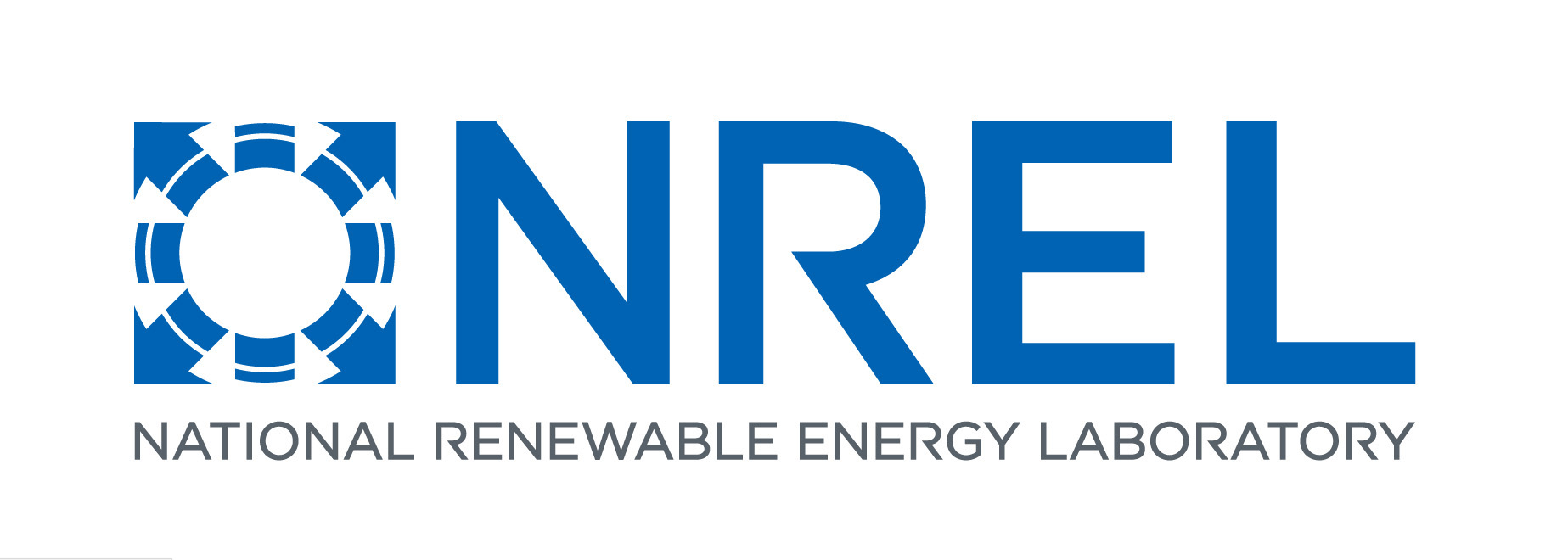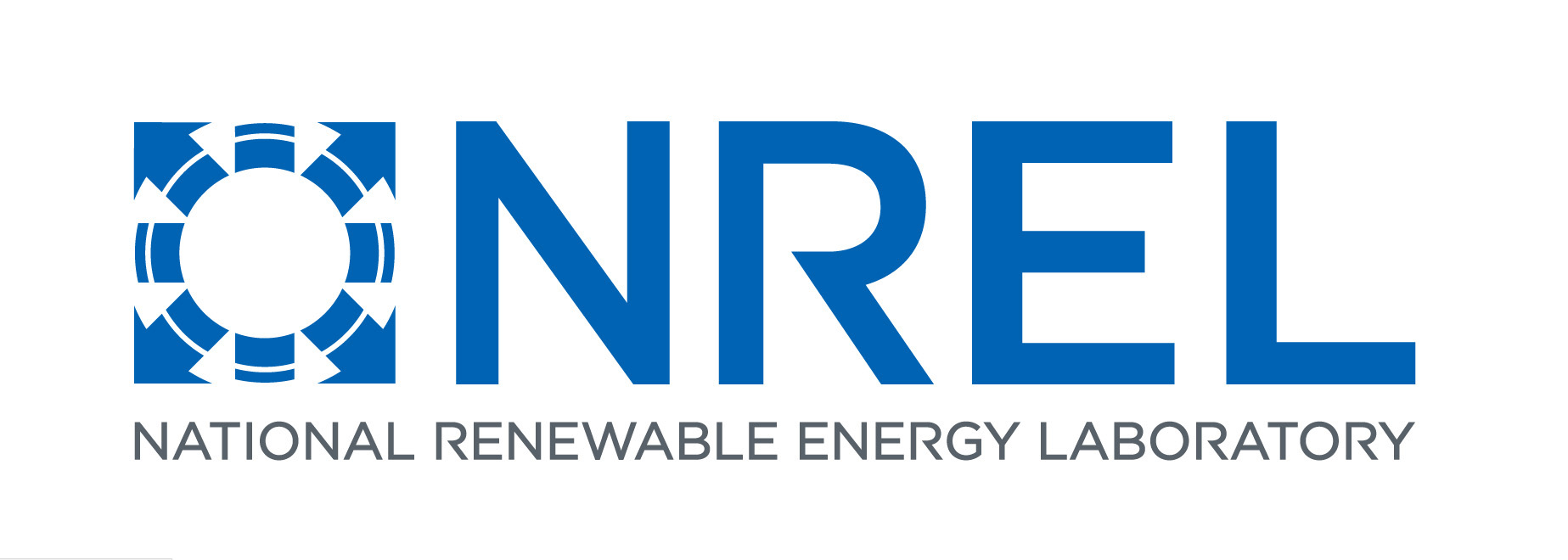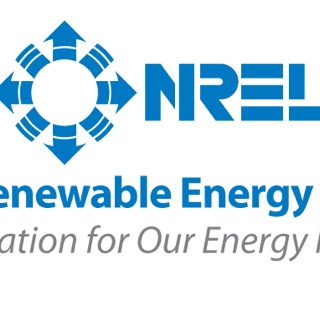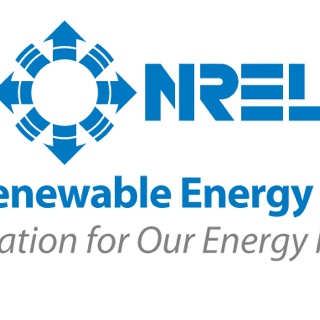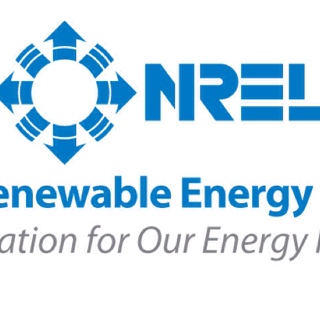Title Page
-
Room/Space
-
Enter here:
-
Inspected by:
-
Inspection date
-
Requested By:
-
Is this a Non-Reputable Manufacturer (NRM) or a Reputable Manufacturer (RM)?
-
Manufacturer
-
Select manufacture
-
Model #
-
Report Number:
-
Bar code
Electrical Inspection Report
Part 1 - Information
-
Phase
-
Type of inspection:
-
Equipment Name and Description of Function:
-
Serial Number (N/A if there is not one):
-
Listing Status:
-
Equipment Status:
Part 2 - External Inspection
-
Enclosure
-
Operator not exposed to any hazard:
-
System Voltage and Number of Phases:
-
Not damaged:
-
Appropriate material:
-
Protects contents from operating environment and an internal fault:
-
Panel interlocks and/or guarding is adequate:
-
Proper voltage, frequency, phasing, and ampacity rating for the plug and cord. Cord cap matches voltage and load. If the cord cap is not of the molded type then verify that the cord is properly terminated in the cord cap:
-
Cord is not frayed or damaged:
-
Listed strain relief on cord:
Part 3 - Power Source
-
Direct Wired into Facility
-
Verify proper voltage and ampacity for the wiring method:
-
Circuit number and panelboard that feeds equipment is identified:
-
Verify proper over current protection for the equipment branch circuit:
-
Panel schedule updated:
Part 4- External Inspection: Grounding
-
External auxiliary ground terminated if required:
-
Equipment ground is run with circuit conductors:
Part 5- Marking and Documentation:
-
Hazards marked:<br>(i.e. shock, arc flash, stored energy, multiple sources, back-feed potential, or as required by NEC)
-
Power requirements marked (voltage, current, frequency):
-
Restriction or limitation of use based on manual, instructions, or identified operating hazards?
-
Specify in part 12 of report. Equipment marked with reference to restriction or limitation of use:
-
Make/Model/Drawing number (if applicable) marked:
-
Documentation adequate:
Part 6 - Internal Inspection
-
Internal electrical parts are listed by a NRTL or UL Recognized:
-
Non-listed parts are acceptable for their purpose, well built, a failure will be contained and not cause harm to others or <50 volts:
-
Polarity: the neutral and line are properly terminated and the neutral is not fused. Exception: cord connected equipment applicable to UL61010-1 (9.6.1ADV.4a).
-
All non-current carrying internal conductive subsystems are bonded if likely to become energized:
-
Grounding and bonding conductors are properly terminated:
-
Wiring terminal and leads are acceptable:
-
Wire sizes adequate:
-
Overcurrent protection adequate for conductors and loads:
-
Listed conductors, if applicable:
Part 7 - Other Internal Issues:
-
Neat workmanship:
-
All non-electrical components are acceptable for their purpose:
-
Free of sharp edges:
-
Adequate cooling:
-
Automatic discharge of high voltage capacitors:
Part 8 - Other Considerations: Secondary Hazards Created by this equipment
-
Are There Secondary Hazards Created By This Equipment? (RF, IR, UV, X-ray, magnetic fields)
-
Rf Hazards:
-
Sub rf hazards:
-
DC electric or magnetic fields:
-
Light Exposure- IR, visible, or UV:
-
X-rays:
-
Fire, electrical explosion:
-
Are workers protected from these hazards? May require SME evaluation or SOP/SWP to operate. Address as condition of use.
-
Are there resistance heating loads (or similar) capable of attaining hazardous temperatures? (NFPA 79 7.4)
-
Is there a suitably installed means of temperature detection that would initiate a controlled shutdown? (e.g. limit controller, PLC logic, thermal fuse, thermostat)
Part 9 - Other considerations: Failure analysis & Control
-
Adequate to protect the equipment and personnel in the event of a ground-fault or short-circuit, such as AIC ratings or SCCR:<br>(Note: As applicable to equipment where there is a likelihood of high fault currents and/or arc flash potential, verify fault current at existing power source. Use "Eaton Bussmann Fault Current Calculator" app as needed)
-
Is an EPO button present or any other additional EMO controls? (i.e. safety interlocks or controllers for monitoring hazardous processes)
-
Does EPO/EMO control all critical safety concerns such as uncontrolled energy or exposed hazards that could be present during normal operation? Consult with ESH POC, operator, or ESA for risk assessment per NFPA 79 9.2 if there are concerns. Critical safety controls must comply with NFPA 79 chapter 9.
-
Are there potential safety concerns such as uncontrolled energy or exposed hazards that could be present during normal operation? Could an EPO/EMO be needed for critical safety controls? Consult with ESH POC, operator, or ESA for risk assessment per NFPA 79 9.2 if there are concerns. Critical safety controls must comply with NFPA 79 chapter 9.
Part 10 - Other Considerations Maintenance
-
Necessary working clearances:
Part 11 - Test to Perform
-
All non-current carrying exposed metal required to be bonded tests less than 1 ohm to ground pin/conductor:
-
Perform functional test of GFCI's, GFED, interlocks and EMO/EPO:
Part 12 - Approval
-
Equipment complies with the NFPA 70E, 70, 79 and the NREL LLP for Electrical Safety:
-
Is there a condition of use? (Include all designer/builder instructions, drawings, or information that is relevant to the safe installation and use of this equipment. Attach additional sheets as necessary.) This needs to be communicated in writing to both the requestor and the ESH POC.
-
Equipment Name and Description of Function
-
Serial Number
-
Enter serial number
-
Listing Status
-
Equipment Status
Part 2 - External Inspection
-
Enclosure
-
Operator not exposed to any hazard:
-
System Voltage and Number of Phases
-
Not damaged:
-
Appropriate material:
-
Protects contents from operating environment and an internal fault
-
Panel interlocks and/or guarding is adequate
-
Proper voltage, frequency, phasing, and ampacity rating for the plug and cord. Cord cap matches voltage and load. If the cord cap is not of the molded type then verify that the cord is properly terminated in the cord cap:
-
Not frayed or damaged:
-
Listed strain relief on cord
Part 3 - Power Source
-
Direct Wired into Facility
-
Verify proper voltage and ampacity for the wiring method
-
Circuit number and panelboard that feeds equipment is identified.
-
Verify proper over current protection for the equipment branch circuit
-
Panel schedule updated
Part 4- External Inspection: Grounding
-
External auxiliary ground terminated if required:
-
Equipment ground is run with circuit conductors:
Part 5- Marking and Documentation:
-
Hazards marked:<br>(i.e. shock, arc flash, stored energy, multiple sources, back-feed potential, or as required by NEC)
-
Power requirements marked (voltage, current, frequency):
-
Restriction and limitation of use:
-
Restriction or limitation of use based on manual, instructions, or identified operating hazards?
-
Specify in part 12 of report. Equipment marked with reference to restriction or limitation of use:
-
Make/Model/Drawing number marked:
-
Documentation adequate:
Part 8 - Other Considerations: Secondary Hazards Created by this equipment
-
Are There Secondary Hazards Created By This Equipment? (RF, IR, UV, X-ray, magnetic fields)
-
Rf Hazards
-
Sub rf hazards:
-
DC electric or magnetic fields:
-
Light Exposure- IR, visible, or UV:
-
X-rays:
-
Fire, electrical explosion:
-
Are workers protected from these hazards? May require SME evaluation or SOP/SWP to operate. Address as condition of use.
-
Are there resistance heating loads (or similar) capable of attaining hazardous temperatures? (NFPA 79 7.4)
-
Is there a suitably installed means of temperature detection that would initiate a controlled shutdown? (e.g. limit controller, PLC logic, thermal fuse, thermostat)
Part 9 - Other considerations: Failure analysis & Control
-
Adequate to protect the equipment and personnel in the event of a ground-fault or short-circuit, such as AIC ratings or SCCR:<br>(Note: Verify fault current at existing power source. Use Eaton Bussmann Fault Current Calculator app as needed)
-
Is an EPO button present or any other additional EMO controls? (i.e. safety interlocks or controllers for monitoring hazardous processes)
-
Does EPO/EMO control all critical safety concerns such as uncontrolled energy or exposed hazards that could be present during normal operation? Consult with ESH POC, operator, or ESA for risk assessment per NFPA 79 9.2 if there are concerns. Critical safety controls must comply with NFPA 79 chapter 9.
-
Are there potential safety concerns such as uncontrolled energy or exposed hazards that could be present during normal operation? Could an EPO/EMO be needed for critical safety controls? Consult with ESH POC, operator, or ESA for risk assessment per NFPA 79 9.2 if there are concerns. Critical safety controls must comply with NFPA 79 chapter 9.
Part 10 - Other Considerations Maintenance
-
Necessary working clearances:
Part 11 - Test to Perform
-
All non-current carrying exposed metal required to be bonded tests less than 1 ohm to ground pin/conductor:
-
Perform functional test of GFCI's, GFED, EMO and EPO
Part 12 - Approval
-
Equipment complies with the NFPA 70E, 70, 79 and the NREL LLP for Electrical Safety.
-
Is there a condition of use? (Include all designer/builder instructions, drawings, or information that is relevant to the safe installation and use of this equipment. Attach additional sheets as necessary.) This needs to be communicated in writing to both the requestor and the ESH POC.
-
Attach Field Evaluation
Attachments
-
Place additional attachments here. (Mark disapproved if this attachment is a fail that couldn't be captured above)
-
Result
-
PLEASE SET UP A RE-INSPECTION WHEN CORRECTIONS HAVE BEEN COMPLETED. APPROVAL IS REQUIRED BEFORE USE. Electrical Inspection Request @ https://forms.nintex.com/FormHost.aspx?id=sF-RSbROQ1b5IhoTx-rRHidHoAk_4H2YXHUYYFgJVxdtOsdRQeWMQ61tw_pAXoUsLkBVjU5hPu8VzB24wpSJC4XNT9aC0htzSvA6m8HVGnSIrYgnO6X_nBPnQAYK060T
-
IF THIS EQUIPMENT IS MODIFIED, DAMAGED, OR UTILIZED FOR OTHER THAN THE INTENDED USE STATED ABOVE, THIS APPROVAL IS VOID, PENDING RE-EXAMINATION.
-
Inspector
